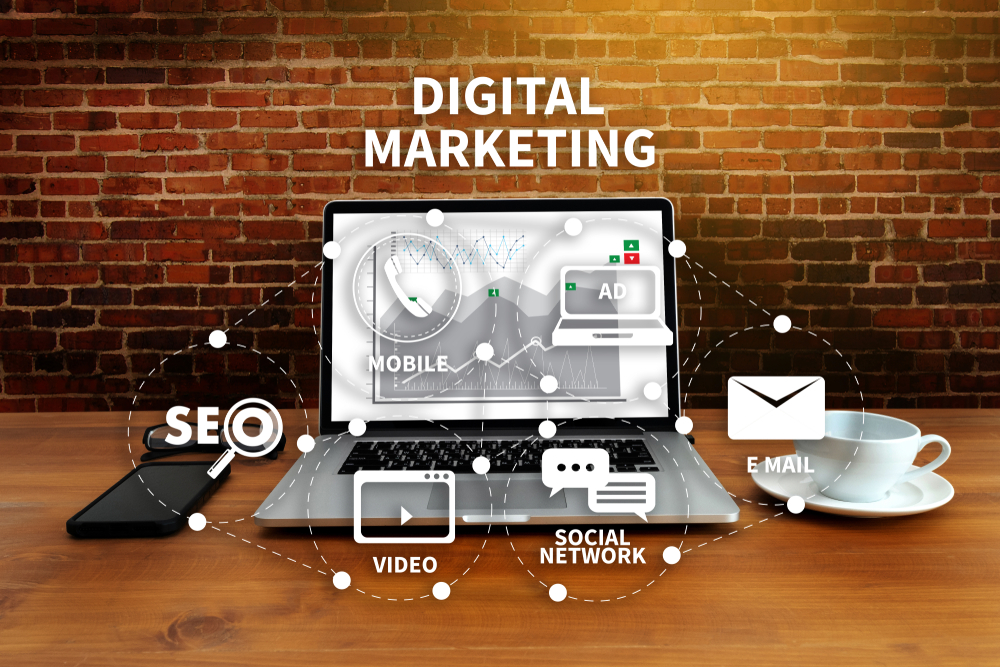B2B marketers are getting better at serving customers at the top of the funnel by creating brand awareness and educating audiences but are still missing out on deepening relationships further along the cycle, according to a new study released by Content Marketing Institute (CMI).
The ‘B2B Content Marketing 2020: Benchmarks, Budgets and Trends – North America’ study found that brands are going from strength to strength in their ability to nurture new leads and reach wider audiences.
More than two-thirds said that they had success in this area compared with the 58% who said so a year ago.
In contrast, just 45% of B2B marketers surveyed said that they have been able to use content marketing to build a subscribed audience, while strengthening loyalty and generating revenue have also been more of a struggle compared to the three most cited goals: brand awareness, education audiences, and building trust.
“Getting attention is great, but marketers must keep that attention. Kudos to those who are creating lasting impressions and super fans,” CMI’s general manager Stephanie Stahl said.
She noted that brands should look at competitors that are “doing it right” and take inspiration from successful strategies and campaigns to nurture long-term relationships as consumers are now “all too ready to swipe left”.
One way that companies can improve their efforts is by outsourcing larger projects to agencies and other third parties as smaller internal teams are now the norm.
The study found that 50% are now outsourcing one content marketing activity or more, and ‘creation’ is the most popular activity, with 84% doing so.
The need for outside assistance is also highlighted by the fact that 32% of B2B marketers say that there isn’t a single full-time person assigned to their content marketing efforts.
Perhaps more interesting is that the top performers rely even less on internal personnel as only 13% have a full-time employee, while companies generally rely on a mixture of team structures to get the job done.
Moving on to data and analytics, 80% of respondents are now using metrics to keep tabs on the performance of the content they publish, and this is a good habit to get into as 95% of ‘top performers’ are evaluating data on a regular basis.
While tracking metrics is commonplace, only 43% of B2B marketers are measuring the return on investment from content marketing campaigns, and many are not establishing key performance indicators (KPI) to link data with marketing objectives and wider business goals.
Top performers are again at the vanguard, with 67% evaluating ROI and 83% monitoring KPIs regularly.
Only 14% of all respondents said that their ability to demonstrate AI is “excellent” and more than a third admitted that they are average or poor in this area.
CMI’s chief strategy advisor Robert Rose urged B2B marketers to stop thinking of content marketing as only a means of creating leads or an opportunity and instead aim to “AMAZE” audiences to really reap the benefits.
He concluded: “Treat your audiences as customers because that is the way you can lean into data acquisition and personalize your experiences.”











